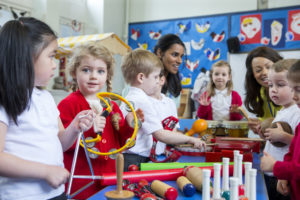 For many parents, picking a local preschool program is one of the first important decisions they’ll make in terms of their child’s education. Not only can attending preschool have a direct effect on grade school readiness for all, but 60% of at-risk children were found to be more likely not to go to college if they didn’t get a head-start with a high-quality education in preschool. Even if you know attending preschool matters, you may not know which factors mean the most when selecting your program. Which are the most important things to look for in a preschool? We’ll explore them here.
For many parents, picking a local preschool program is one of the first important decisions they’ll make in terms of their child’s education. Not only can attending preschool have a direct effect on grade school readiness for all, but 60% of at-risk children were found to be more likely not to go to college if they didn’t get a head-start with a high-quality education in preschool. Even if you know attending preschool matters, you may not know which factors mean the most when selecting your program. Which are the most important things to look for in a preschool? We’ll explore them here.
- Teaching philosophy
There are all kinds of preschools out there, ranging from academically challenging to play-based. Each has their merits, and there’s likely a preschool that will fit in quite nicely with your parenting style and desires for your child’s education. There’s no one-size-fits-all solution for everyone, but it’s important that you choose a school with a philosophy that’s reflective of your own. Even if a particular school is highly ranked and respected, it may not be the right fit for your family if its emphasis doesn’t line up with yours. - Scheduling and routines
Your own work constraints may determine the kind of preschool that works best for your child. If you don’t have a flexible schedule of your own, a half-day preschool might present more of a burden on your family in several ways. However, if you have some flexibility with your job, that sort of schedule may be the best way for your child to receive a good education without sacrificing family time. You’ll also want to get a good feel for what your child’s day will look like once they’re at school. Children will typically benefit from having a specific daily routine, but you know your child better than anyone. If you have specific concerns or questions about how a school structures their students’ day, be sure to get clarification and assess whether it will serve your child well. - Class size
There are several benefits to having lower child-to-teacher ratios (or class sizes of 15 of fewer. Smaller class sizes have a positive impact on students, due to the tendency towards easier management, and better cooperative play and engagement–and a lower child-to-teacher ratio will allow for more individual attention. While these are important factors, a smaller class size will have little or no benefit without well-qualified teachers, so that should be part of your evaluation as well.
In the end, there are many things that will go into your choice of a local preschool program: the school’s central philosophy, its structure, and the quality of the teachers. It is important to keep your values and needs in mind when making your decision. Please don’t hesitate to reach out to us with any questions you have. We’re here to help!



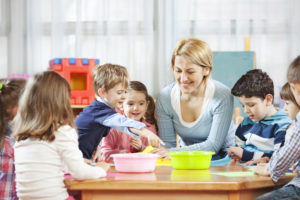 Knowing how to find a preschool that aligns with your parenting style and educational requirements can be tough enough, but in today’s world, families also need to focus on safety. While we can’t always predict accidents, your local preschool program should take the initiative to provide ample protection for students. How can you tell if your child will be getting a high-quality education and be safeguarded against harm? Look for the following signs.
Knowing how to find a preschool that aligns with your parenting style and educational requirements can be tough enough, but in today’s world, families also need to focus on safety. While we can’t always predict accidents, your local preschool program should take the initiative to provide ample protection for students. How can you tell if your child will be getting a high-quality education and be safeguarded against harm? Look for the following signs.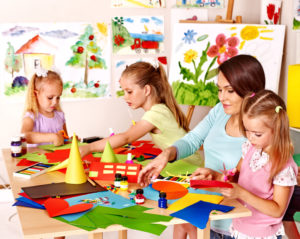 Between 1990 and 2013, the percentages of three- and four-year-olds enrolled in preprimary programs increased to 42% and 68%, respectively. Clearly, finding the right preschool is a top priority for many American families. However, because approaches to early education vary so widely, it can be tough to know what kind of philosophy will serve your child best. A great preschool experience can allow a child to receive an even higher quality education later, so choosing a preschool for your child can be a high-stakes decision.
Between 1990 and 2013, the percentages of three- and four-year-olds enrolled in preprimary programs increased to 42% and 68%, respectively. Clearly, finding the right preschool is a top priority for many American families. However, because approaches to early education vary so widely, it can be tough to know what kind of philosophy will serve your child best. A great preschool experience can allow a child to receive an even higher quality education later, so choosing a preschool for your child can be a high-stakes decision.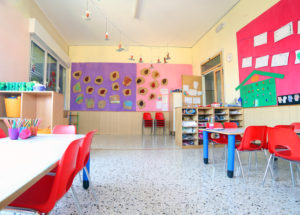 Choosing a preschool for your child is an important decision. There are many factors to consider, which can make choosing a preschool extremely difficult. Parents need to consider things like cost, location, schedule, safety, and discipline. While there are various factors that need to be considered, the school’s philosophy and classroom methods are two of the most important.
Choosing a preschool for your child is an important decision. There are many factors to consider, which can make choosing a preschool extremely difficult. Parents need to consider things like cost, location, schedule, safety, and discipline. While there are various factors that need to be considered, the school’s philosophy and classroom methods are two of the most important.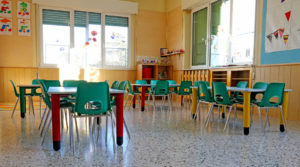 These days, finding a great preschool is a top priority for most parents. After all, the percentage of three- to five-year-olds enrolled in preprimary programs like preschool, nursery school, and kindergarten rose from 59% to 65% between 1990 and 2013. But just because you’ve checked everything off your “things to look for in a preschool” list and enrolled your child in school doesn’t mean that everything will be smooth sailing.
These days, finding a great preschool is a top priority for most parents. After all, the percentage of three- to five-year-olds enrolled in preprimary programs like preschool, nursery school, and kindergarten rose from 59% to 65% between 1990 and 2013. But just because you’ve checked everything off your “things to look for in a preschool” list and enrolled your child in school doesn’t mean that everything will be smooth sailing.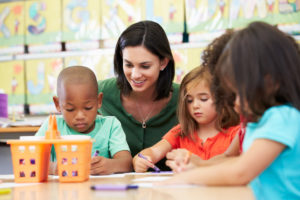 It’s likely you understand the importance of obtaining a high-quality education, and that this foundation starts in preschool. In fact, 60% of at-risk children were found to be more likely to not attend college if they didn’t get a high-quality education in preschool first. Academic preschool programs are now in session. It can be tough for both children and parents to adjust to this new way of life, but experienced teachers and a welcoming environment can make things go more smoothly—and if you know these preschool educator secrets, you’ll be in a better position to embrace these changes head-on.
It’s likely you understand the importance of obtaining a high-quality education, and that this foundation starts in preschool. In fact, 60% of at-risk children were found to be more likely to not attend college if they didn’t get a high-quality education in preschool first. Academic preschool programs are now in session. It can be tough for both children and parents to adjust to this new way of life, but experienced teachers and a welcoming environment can make things go more smoothly—and if you know these preschool educator secrets, you’ll be in a better position to embrace these changes head-on.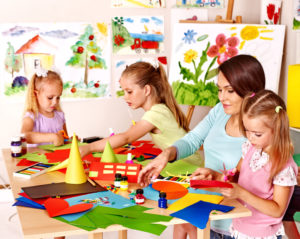 Fall is right around the corner, which means many parents and guardians will be readying themselves and their children to head off to
Fall is right around the corner, which means many parents and guardians will be readying themselves and their children to head off to 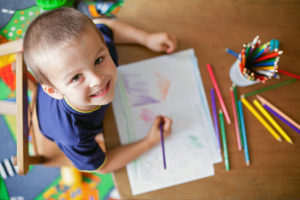 Preschools are more than just an alternative to daycare. As a matter of fact, children who attend preschools are more likely to succeed as adults and live healthier lifestyles.
Preschools are more than just an alternative to daycare. As a matter of fact, children who attend preschools are more likely to succeed as adults and live healthier lifestyles.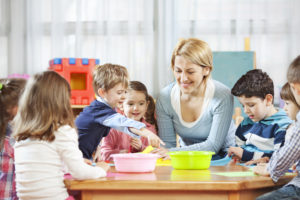 Preschool is typically thought of as the first step towards obtaining a high-quality education. Most parents know that academic preschool programs play a key role in grade school readiness – which is why three-fourths of all children in the U.S. are enrolled in preschool.
Preschool is typically thought of as the first step towards obtaining a high-quality education. Most parents know that academic preschool programs play a key role in grade school readiness – which is why three-fourths of all children in the U.S. are enrolled in preschool.